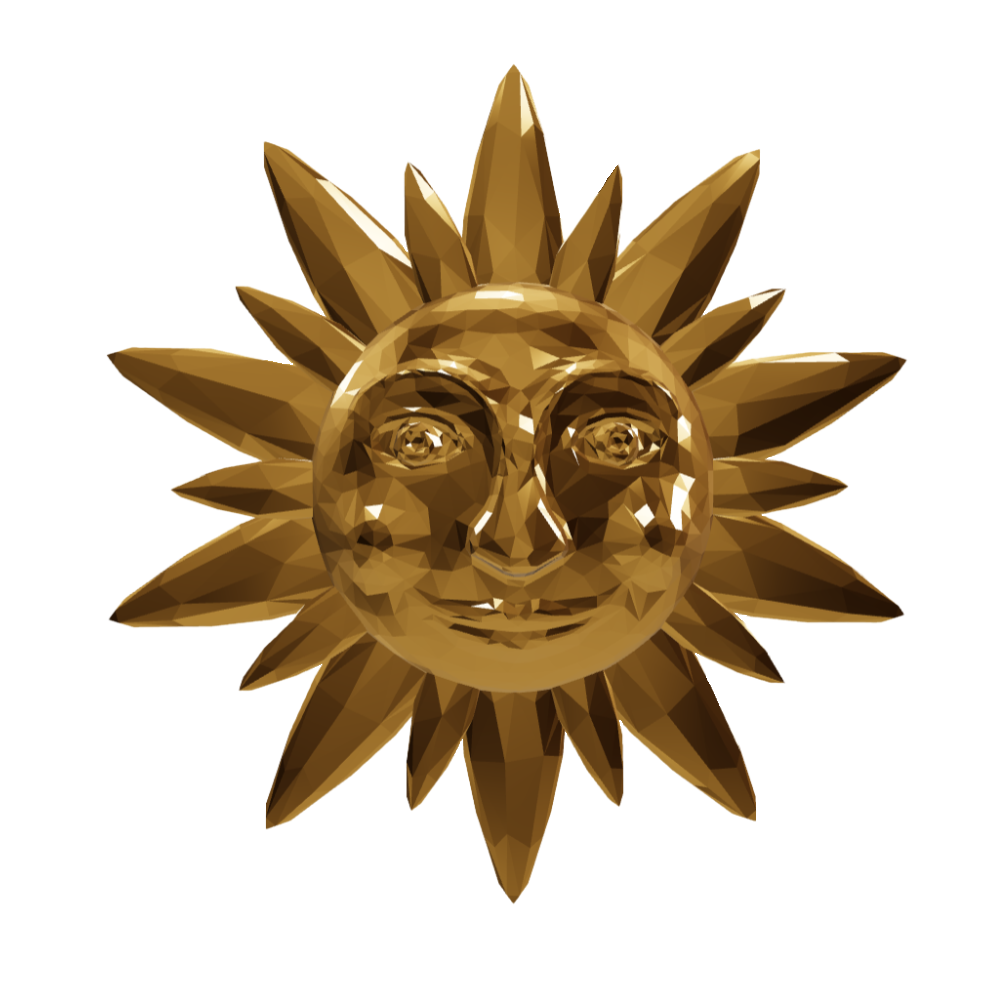What are NFTs?
NFTs, or non-fungible tokens, are digital assets that represent ownership of a unique item or piece of content. Each NFT is stored on a blockchain, which acts as a secure and transparent ledger of ownership. Unlike cryptocurrencies such as Bitcoin or Ethereum, which are fungible and can be exchanged for one another, NFTs are one-of-a-kind and cannot be replicated or interchanged.
How do NFTs work?
When an artist or creator mints an NFT, they attach metadata to the digital asset, which includes information about the item’s provenance, ownership history, and other relevant details. This metadata is stored on the blockchain, ensuring that the NFT is authentic and cannot be counterfeited. NFTs can be bought, sold, and traded on various online marketplaces, with each transaction recorded on the blockchain.
Why are NFTs popular?
NFTs have gained popularity in recent years due to their ability to provide a new way for artists, musicians, and other creators to monetize their work. By tokenizing their creations as NFTs, creators can sell digital art, music, videos, and other content directly to collectors, bypassing traditional middlemen such as galleries or record labels. NFTs also appeal to collectors who are looking for unique and scarce digital assets to add to their portfolios.
The Future of NFTs
While some skeptics view NFTs as a passing fad, many experts believe that they have the potential to revolutionize the art and collectibles market. As more artists and creators embrace NFTs as a way to connect with their fans and generate income, we are likely to see a proliferation of digital art, music, and other content being tokenized and traded on blockchain platforms. NFTs also have the potential to democratize the art world by allowing artists to reach a global audience and receive fair compensation for their work.
FAQs
Are NFTs environmentally friendly?
One of the criticisms of NFTs is their environmental impact, as the process of minting and trading NFTs consumes a significant amount of energy. However, some blockchain platforms are exploring more sustainable ways to create and trade NFTs, such as using proof-of-stake algorithms instead of proof-of-work. It is important for NFT creators and collectors to consider the environmental implications of their activities and support initiatives that promote sustainability in the blockchain space.
How do I buy an NFT?
To buy an NFT, you will need to set up a digital wallet that supports the blockchain platform on which the NFT is issued. Once you have a wallet, you can browse NFT marketplaces such as Opensea, Rarible, or Foundation to find NFTs that interest you. When you find an NFT you want to purchase, you can place a bid or buy it outright using cryptocurrency. The NFT will be transferred to your wallet, and you will become the owner of the digital asset.
Can I sell my NFT?
Yes, you can sell your NFT on a marketplace or through a peer-to-peer transaction. When you list your NFT for sale, you can set a price or accept bids from potential buyers. Once a buyer purchases your NFT, the ownership will be transferred to them, and you will receive the payment in cryptocurrency. Keep in mind that some marketplaces may charge fees for listing and selling NFTs, so be sure to read the terms and conditions before listing your NFT for sale.

